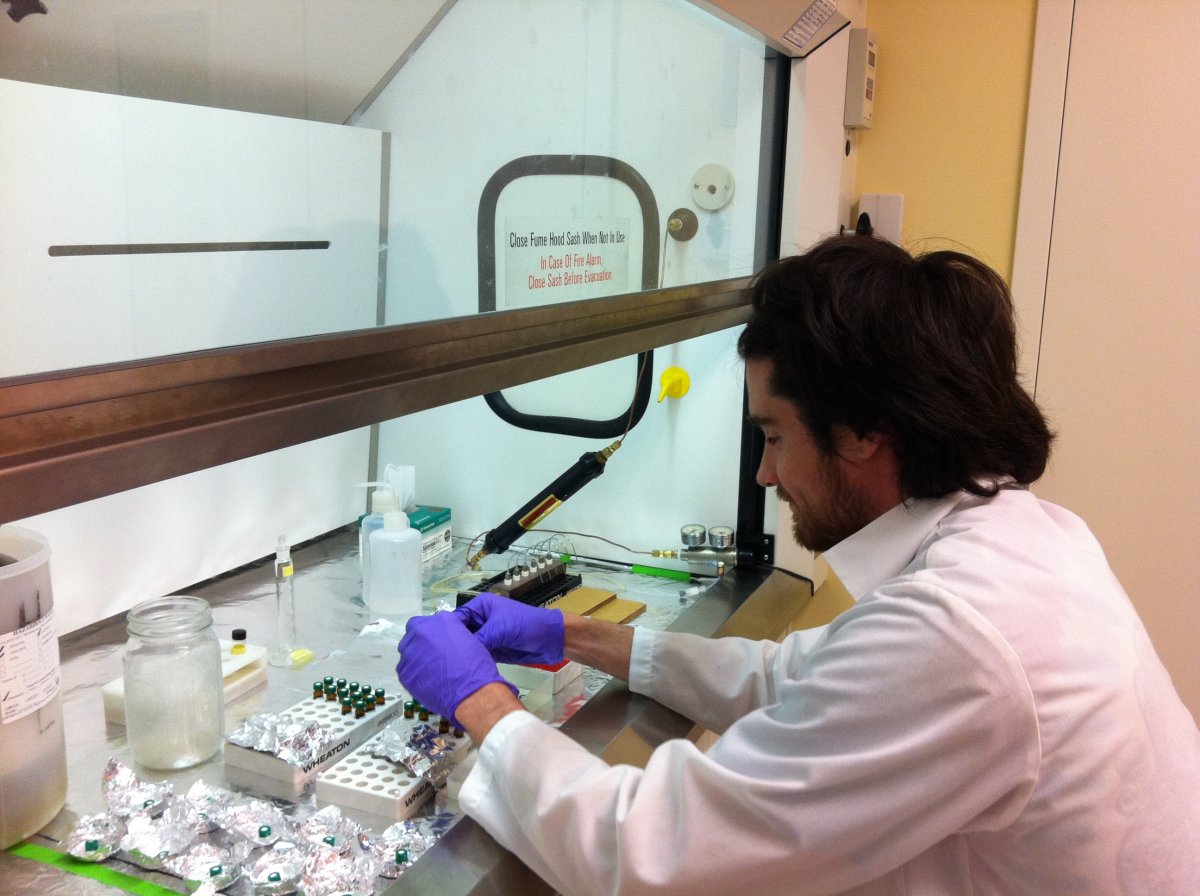Biomonitoring California laboratories have extensive experience analyzing biological specimens (such as blood and urine) for chemical contaminants. 
Examples of chemicals the laboratories can measure include:
- Metals (such as mercury, lead, cadmium)
- Pesticides
- Phenols (such as bisphenol A, triclosan)
- Polycyclic aromatic hydrocarbons (PAHs)
- Perfluoroalkyl and Polyfluoroalkyl Substances (PFASs)
- Polybrominated diphenyl ethers (PBDEs)
Biomonitoring California laboratories have been developing methods to measure low levels of these chemicals in people.
Biomonitoring California Laboratories include:
Environmental Health Laboratory Branch, California Department of Public Health
Environmental Chemistry Laboratory, Department of Toxic Substances Control
 Increasing Capacity to Measure Chemicals
Increasing Capacity to Measure Chemicals
Since 2007 the Program’s laboratories have made significant advances in their ability to measure chemicals (see Figure 1; Figure 1 abbreviations).
The Program’s laboratories can now analyze approximately 140 different chemicals in blood and/or urine and are developing methods to test for additional chemicals of particular importance to California.
The Program had tested more than 700 Californians as of May 2012 and anticipates being able to test up to 1,000 people annually in the foreseeable future.
Lab Publications
For lists of publications by Biomonitoring California laboratories' staff, visit these pages:
Project Collaborations
Biomonitoring California collaborates with academic and medical researchers to look at environmental contaminants in California residents.
Since 2007, the Program has collaborated with partners in three ways:
- Full Project Collaborations - Biomonitoring California designs and carries out the entire study in partnership with other organizations. This involves:
- Choosing the population
- Recruiting participants
- Collecting survey information and blood and urine samples
- Conducting laboratory analyses, and
- Reporting results to participants.
- Laboratory Collaborations - Biomonitoring California laboratories analyze blood and urine samples collected by outside partners as part of other research projects.
- Partial Collaborations - Biomonitoring California provides technical support to research projects conducted by outside partners. This support may include conducting laboratory analyses and assisting with the development of study protocols and instruments such as exposure questionnaires and results return materials. Principal Investigator is typically not from Biomonitoring California.
In these collaborations, the samples are sent to and analyzed by Biomonitoring California laboratories.
Learn about Requests for Information (RFIs) and Other Opportunities for Laboratory Collaboration
Quality Management and Quality Assurance
Learn how samples are managed and tracked, and how the identity of participants is protected.


